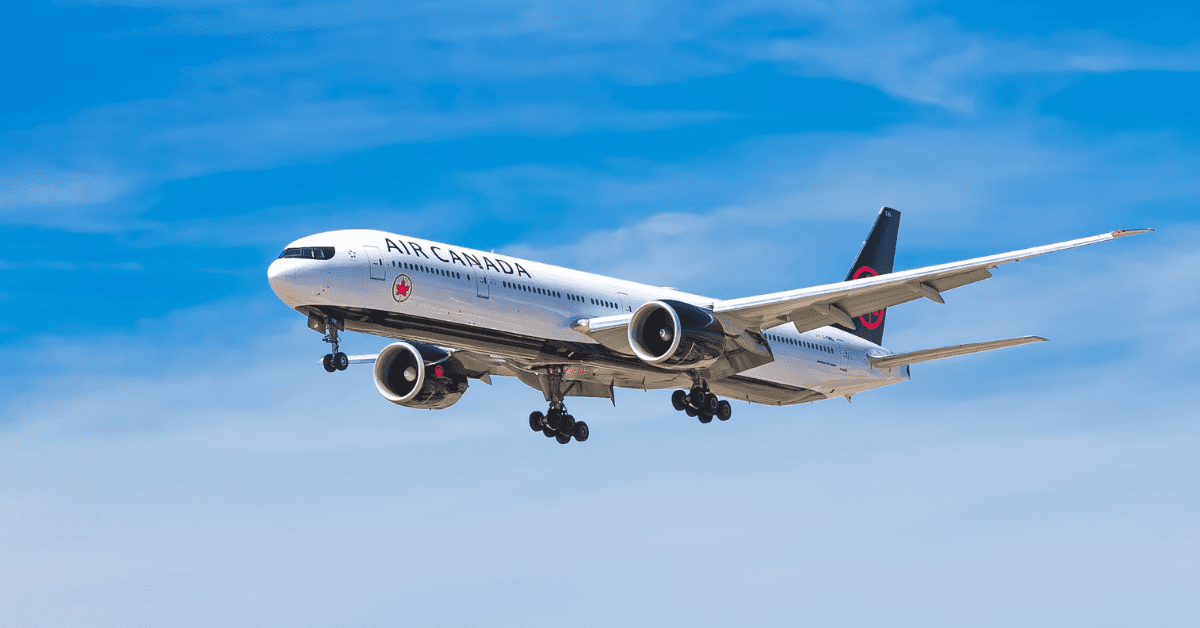
Many marketers only focus on surface-level outdoor advertising, like billboards, transit ads, bicycles, and taxi ads. However, it’s important to remember that people often look up at the sky throughout the day. The sky is a canvas for aerial advertisement.
Though it is not a popular form of marketing, aerial advertisement comes with its own set of opportunities. This guide will teach you about the different types of aircraft and how to get the right amount of exposure.
About Aerial Advertising
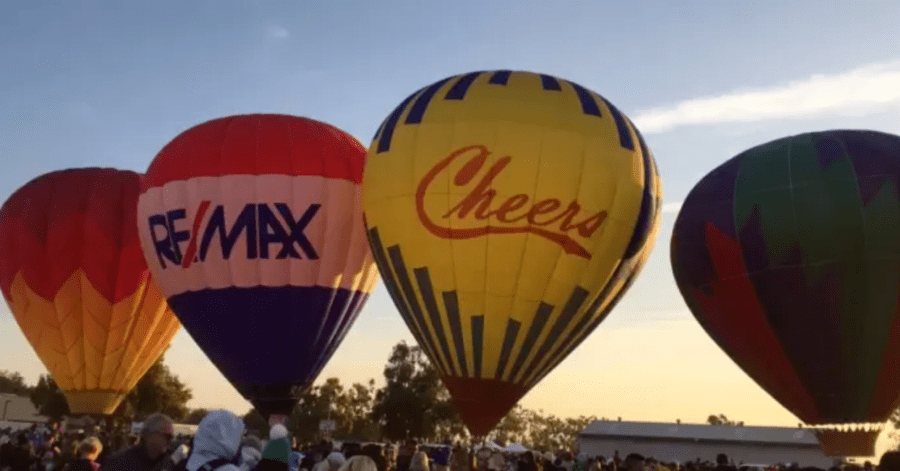
To get started, we must first understand what aerial advertisements are and how they came to be. It began during World War 2, with a New Hampshire airport owner by the name of Arnold Sidney Butler. By deciding to attach banners to J3 Cubs, this man was credited as the creator of banner towing.
Once the war ended, aerial advertisements became increasingly well recognized. Nowadays, you can occasionally see planes flying their banners, blimps showing off their logos, and promotional writings in the sky.
Here are some of the common aircraft used in outdoor advertising:
- Planes
- Blimps
- Helicopters
- Drones
- Kites
- Balloons
It is necessary to research the laws within your area of interest. As with any form of OOH marketing, there will forever be state, country, and region-wide regulations to follow.
[in_content_ads gallery=”logos” logo=”on” title=”Need graphic design help?” subtitle=”Try Penji’s Unlimited Graphic Design and get all your branding, digital, print, and UXUI designs done in one place.” btntext=”Learn More” btnlink=”https://penji.co”]
Banner Towing
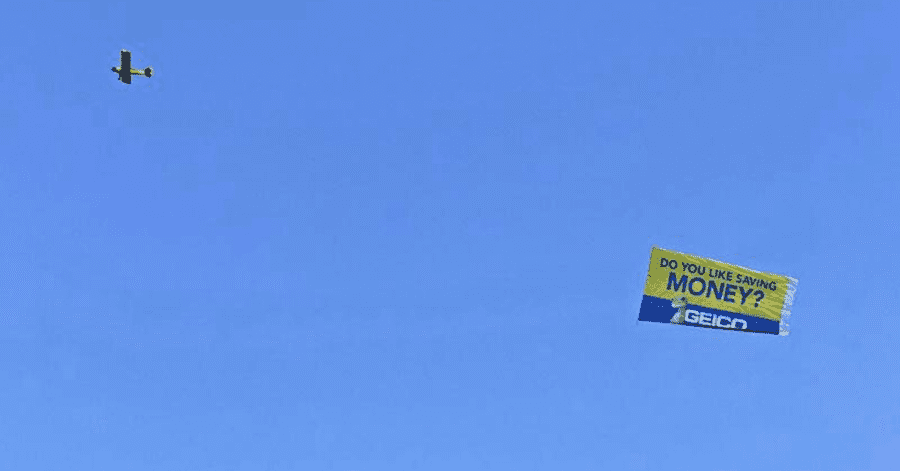
As mentioned previously, this was the very first iteration of aerial advertisement. It may come as no surprise, then, that banner towing is also one of the most popular ways to get an aerial message across.
Think of it as a giant flag waving in the sky. Aircraft deliver messages to specific locations at specific times. An airplane banner is known to add a pop of color to the sky, which makes it stand out from billboards.
Cost: Banner towings are generally paid per day with a two-hour minimum. In other words, it’s $7,000 to $9,000.
Pros: The price is often cheaper than an average billboard in a crowded city. It’ll also cover the cost of the banner-making process. Aircraft banners are very pretty to look at, and come in a variety of shapes and sizes.
Cons: Weather conditions may impede people’s ability to see your ad. While some advertisers have recently developed banners with lights, they are usually meant for static advertisements.
Sky Signs
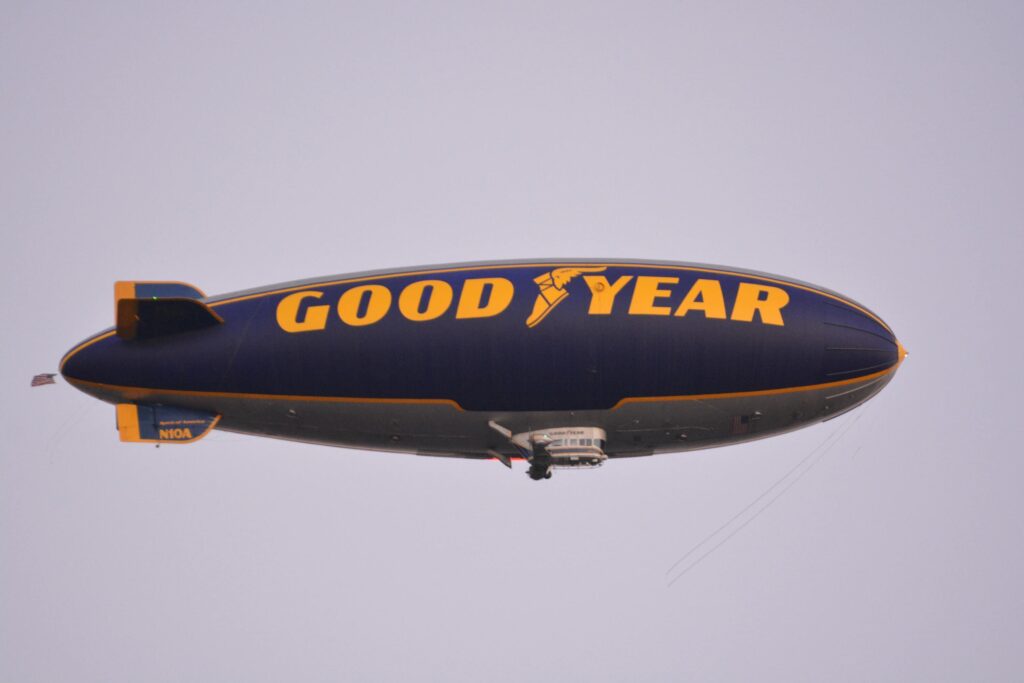
Perhaps the one form of aerial advertisement that can rival banner towing is sky signs. You may know them as blimp advertisements; those balloons that float up in the sky, with large messages. The reason why we’re calling them “sky signs,” is because, contrary to popular belief, almost any aircraft’s exterior can sport an advertisement. Blimps are simply the most common variant of this.
Blimps are lovely for getting a big message across the sky. They tend to be vibrant in color while flying closer to the ground. Hot air balloons tend to have the same effect.
Other not-so-popular variants include helicopters and planes. Sometimes, advertisements will be placed right onto the surface of these vehicles. With planes, for example, a company logo can be placed on the bottom of a wing.
The main problem with these options is visibility; planes and helicopters fly higher than blimps and balloons. This makes their sky signs harder to notice.
Cost: the cost greatly depends on the type of aircraft used, as well as its size. It can be very cheap, or excruciatingly expensive.
Pros: Sky signs are known to be big, vibrant, and colorful. They have a very high recall rate.
Cons: The cost will vary greatly depending on what you desire.
Skywriting
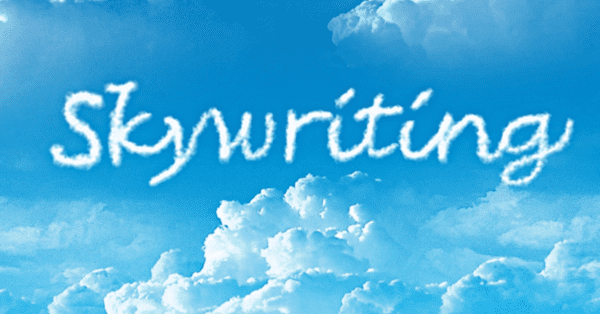
Let’s face it, as young children, we were always in awe of this. Skywriting is when an aircraft uses smoke to write a message in the sky. Skywriting is used for celebrations and proposals. It can also be a strategic way to promote something.
Cost: Usually up to $5,000.
Pros: This form of advertisement tends to draw a lot of attention. Like most aerial displays, skywriting can be conducted above any desired location.
The result? A crowd of your target audience gathered to see the cloudy writing in the sky. People are bound to take pictures and post them on social media.
Cons: There are a lot of weather restrictions. Skywriting only works on days with clear skies. Ideally, you’ll want to showcase these ads in humid, non-windy weather. Because weather conditions may delay skywriting ads, they are not great for marketers with time constraints.
Flogos
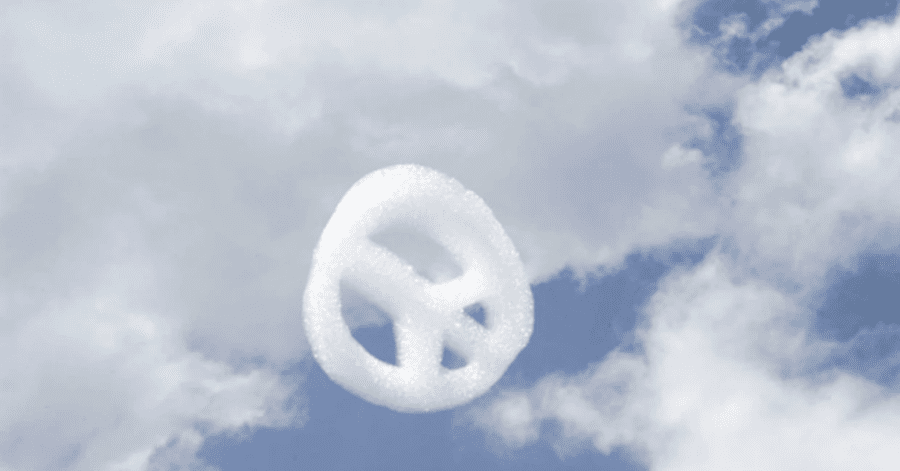
This is similar to skywriting. To create flogos, an aircraft will use an expelled foamy substance to create a cloud symbol in the sky. Have you ever stared up at the clouds with a friend, and talked about which shapes you could pick out? Well, flogos provide that same feeling- except you don’t have to strain your eyes to know exactly what you’re looking at.
Cost: Less than $5,000
Pros: These are very pretty and rare to see. Flogos are very likely to catch attention. People are much more likely to stare at these unique clouds, processing what they mean and what company they represent. Not to mention, these ads are cost-effective
Cons: Much like skywriting, flogos have many weather restrictions. Furthermore, if your company doesn’t have a well-recognized symbol, people will get confused. Drawing attention is ineffective if viewers are unaware of what they are looking at. Flogos are not recommended for smaller brands.
Drone Advertising
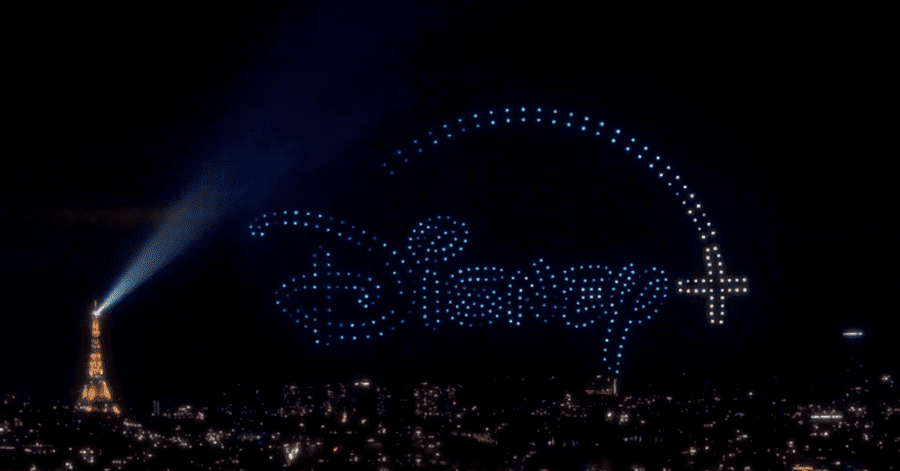
Since drones are the new kids to the aerial advertising industry, we’ve decided to give them their own section. Though drones are a rather recent innovation, they have already been used for countless advertisements. The most notable uses of drone ads have appeared at the Super Bowl, Coachella, and even political conventions.
Drones can tow banners, create projections, light up concerts, and even drop free merchandise.
Cost: There is no set cost for drone advertisements. It all depends on the types of drones used, and their particular purpose.
Pros: Drones advertisements showcase a new advancement in technology. They are fantastic for public events and tend to get people talking. Some can even be cost-effective.
Cons: Because they are so uncommon, some people will get startled by drones. Be sure to use them wisely.
As you can see, aerial advertising has a unique set of features that make them stand out from the rest. After weighing your options, your brand could gain massive success by reaching for the skies.














